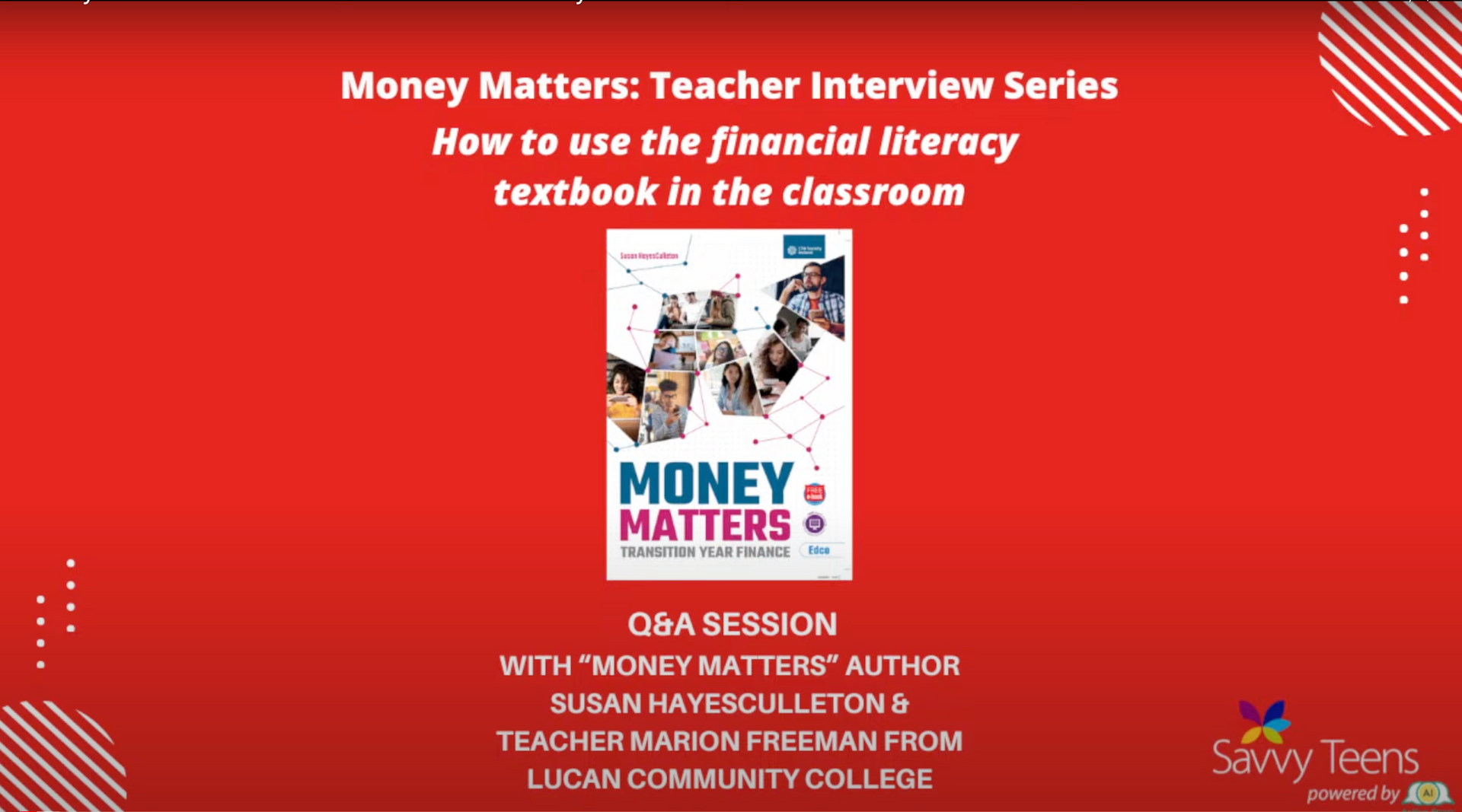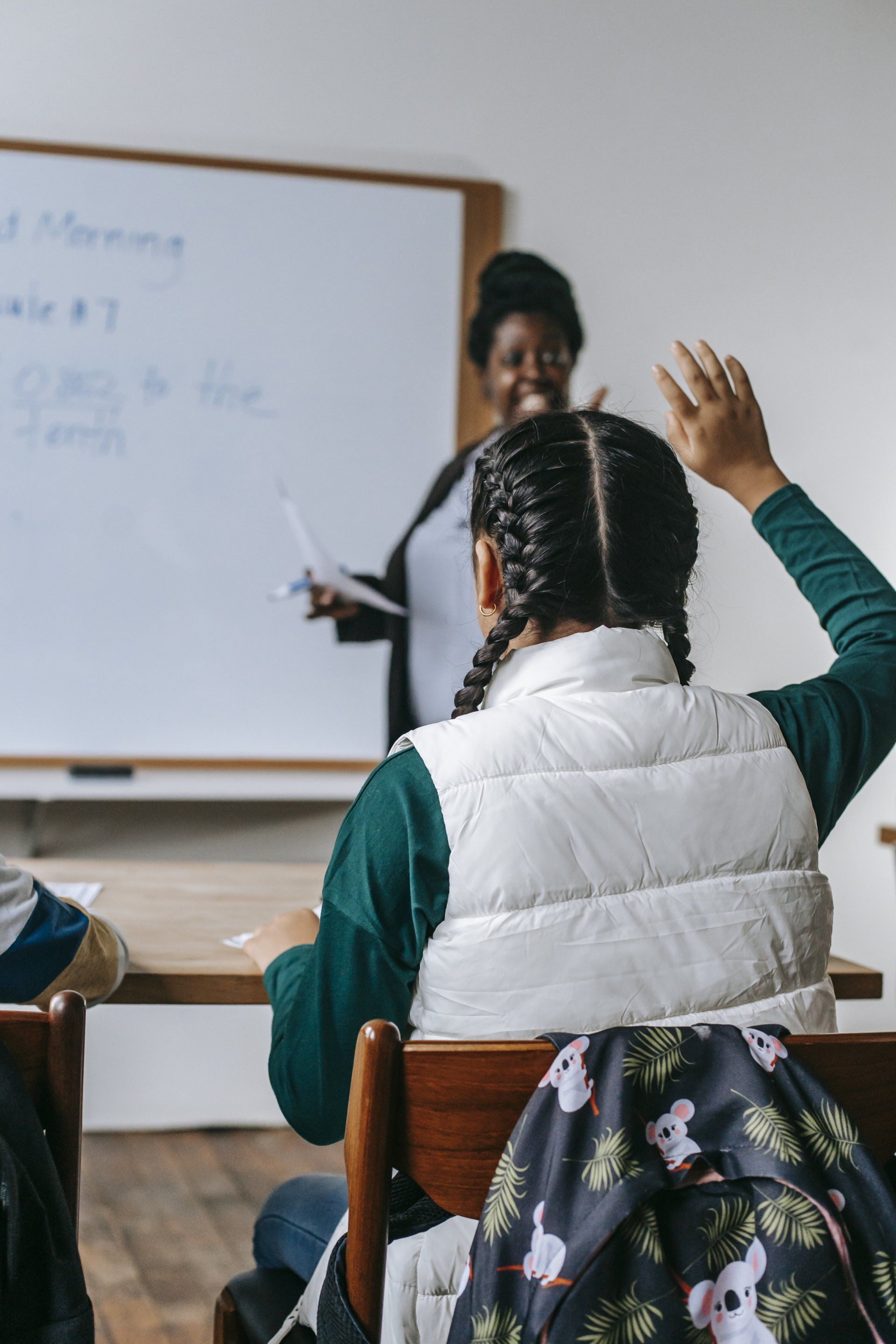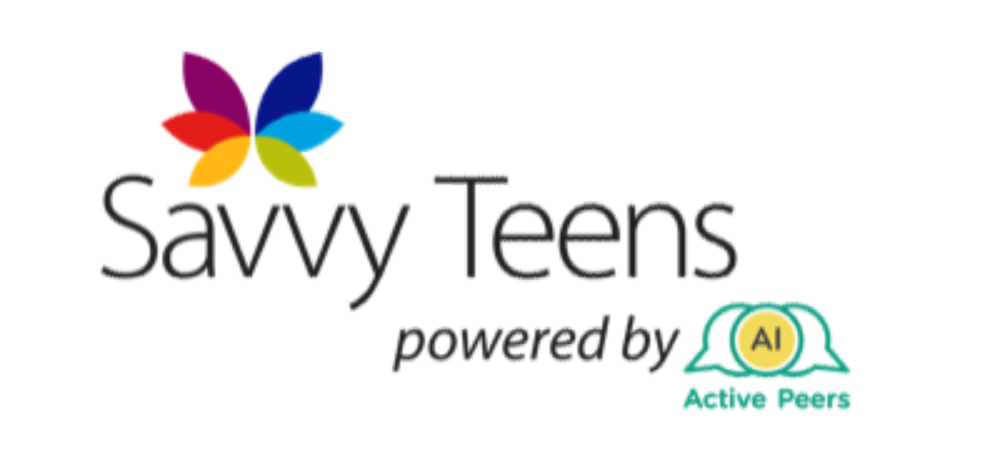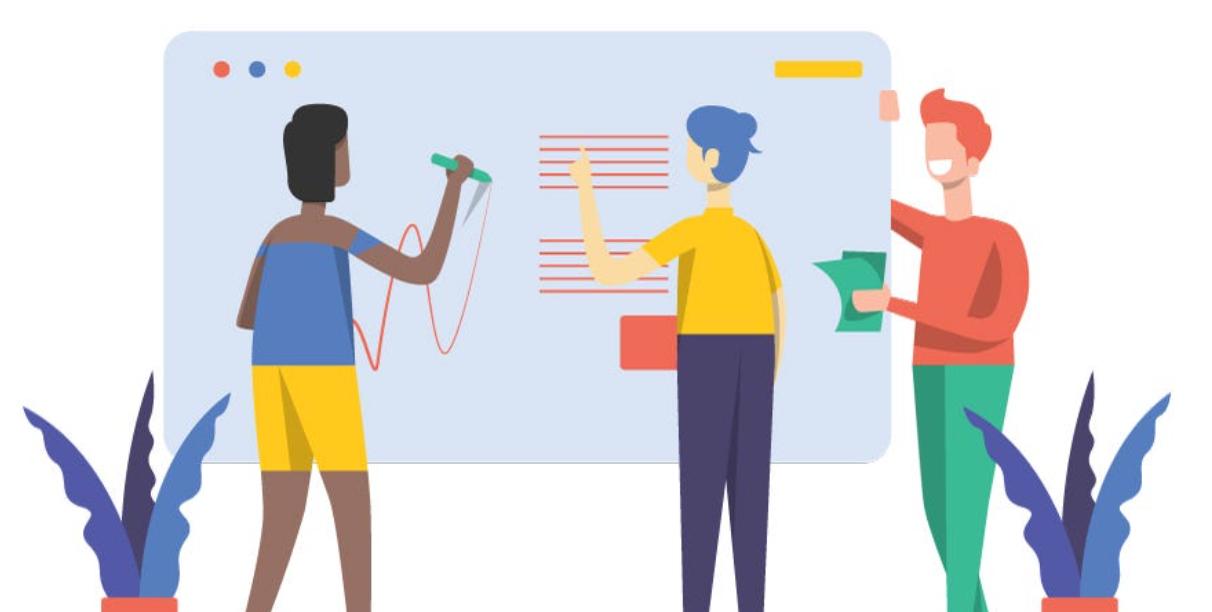Money Matters: How to use the financial literacy textbook in the classroom
We have created a new series in which Susan interviews teachers who are using the "Money Matters" textbook.
This is to help us understand exactly what is happening in our classrooms across Ireland and the impact the book is making. Additionally, it allows other teachers to learn from the people we interview, ultimately enhancing financial literacy in classrooms nationwide by listening to those who work directly with our young people. Today's interview is with Marian Freeman from Lucan Community College.

1. How do you use Money Matters in your classroom?
I started using it during my transition years. I use it with TY for the Enterprise and Business subject. I have been using different sections of it, such as how to make money, how to save, and how to invest money. We have used many activities from the book, and the students have really enjoyed it.
Following that, I have also started using it with my junior students, particularly the second and third years, when we are covering saving and investing. I have started using it with them because the book includes some very good activities. Additionally, I used it last week with my fifth years for our unit on taxation, which includes excellent activities related to taxation. For example, there was a particularly good example about capital gains tax that provided a new perspective for me, and the students really enjoyed that activity.
2.What activities do you think are the most suitable or engaging,
based on your past experience?
I select activities based on the class. There are many activities at the end of each chapter, and I pick and choose which ones to use depending on the level of the class. For example, with the second years, I might use the easier multiple-choice questions. There are also activities that link to different websites, which they really enjoy, such as those with the CCPC. I consider both the level of the class and their interest. With TY, it depends on whether the students are interested in business or if they were just placed in the class. Some might not have chosen it, while others might be planning to continue business studies for their Leaving Certificate. So, depending on the class’s interest and level, I select the appropriate activities.
3. Do you like bringing technology into the classroom or prefer a
non-tech environment? What has led you to that conclusion?
We’re really lucky in our school to have devices that we can bring from classroom to classroom. Using the activities has been fantastic because you can introduce your topic with a YouTube clip. One of the programs I was directed to is "How to Be Good with Money." I hadn't thought about using it before, but we used it at the start. Then we went on to the CCPC website and used their activities. The students didn't know that they could get different rates of savings at different places, nor did they know how to look them up, so that was a really useful activity.
Another useful activity involved the mortgage calculator. The students had no idea about having to save for a deposit for a house or what percentage they’d need to save before getting a mortgage. Activities like these were a real eye-opener for the students. The sites I was directed to were very good, and the activities were really beneficial.
4. What life skills do you think teenagers learn from content like
This?
They’re gaining a lot more life skills than we would have had 15-20 years ago. Back then, when I was first teaching this, it was all about reading from a book, which they couldn’t relate to. Now, when they can do it themselves, it’s much more relatable. For example, we get them to look up properties on MyHome.ie. They pick a house and we say, "This is your dream house. Now you have to figure out how much deposit you’re going to need and how much you’ll need from the bank. If you’re buying this on your own or with someone else, how will it work?" They are really shocked, but it’s a real eye-opener.
The other teacher, JP Foley, has his class do mini projects on buying a house. They start from saving their money all the way to actually buying the house. It’s a real eye-opener for them and a very good skill to have.
5. How have you tailored the module to different learning style or
learning difficulties?
Well, I suppose a lot of the students we have in TY I might have already taught in junior cycle, so I kind of know their level. A lot of the work we do is in groups. When forming groups, I might pair a stronger student with a not-so-strong student or someone who may not be as interested. Sometimes, we mix up the groups so we don't have four really strong students together; we might split them up to balance the groups.
I find case studies or projects that suit their learning styles. Some students love doing a PowerPoint presentation, while others prefer making a poster. Giving them the choice is a really good approach. We do CBAs in second and third year, and before, I would have said everyone should do a PowerPoint. However, that doesn’t suit everybody. Some students now prefer to do a poster, some like to give a presentation, and some might make a little booklet. It's about giving them the choice and tailoring it to what suits their learning style.
6. What are you planning to do next year?
We have the choice of how we want to tailor the course. Before, I would always do TY mini-companies, but sometimes it’s hard to motivate students to do a mini-company. Some years, we have fantastic mini-companies, and other years it's more challenging. This year, we mixed it up by doing a little bit of enterprise and a little bit of business from your book. I tailored it towards the Leaving Certificate Business course because that’s what I teach. We don’t do economics in our school, but another teacher teaches accounting in TY. We discuss and decide what courses we want to offer for the next year.
Next year, I’m thinking of focusing on business enterprise again because I believe it’s beneficial for the students to have a foundation in subjects like taxation and enterprise before they start their Leaving Certificate studies. These are topics they’ll encounter in their exams. I haven’t completely finalized the course yet, but I’m working on it.
7. What advice do you give to teachers planning to teach this next year
for the first time?
It would depend on the group you have and how you plan to approach it. I would suggest using the book to introduce topics through the introductory parts and fantastic case studies, especially those that are very personal, like a guy going on holiday or a girl setting up her own business. Start with these, but also get the students actively involved by using the activities.
Incorporate other things like mini projects, such as coming up with their dream home. Use the book as a tool while also integrating your own material. I found that there was amazing stuff in it, but some of the content might have been a bit too difficult for my TY students, depending on the group.
I had two groups this year. The first group was more academic, and I was able to use the extra questions at the end of the chapters with them. For the second group, I focused more on the activities and some of the basic questions. I chopped and changed between chapters rather than strictly following the order, adapting based on what we were doing.
Unlike JP, who is an accountant and focuses more on figures, I concentrate on business, marketing, HR, and enterprise. There was plenty in the book for me to use in these areas, helping students navigate and learn along the way.
8. As a school, are you involved in any other financial literacy
Initiatives?
We've got a school bank at the moment, which JP is currently setting up. We've done this in the past and have entered our class into quizzes and similar activities before. We're always open to trying anything new that comes our way. The school bank is probably the main initiative we've undertaken.
All of these activities provide valuable learning experiences. It's interesting to hear about what's happening in schools around the country and to learn about opportunities available from industry, government, and other sources to engage with them along the way.
9. What do you think is misunderstood about young people?
Well, I think sometimes we're always telling students what to do. As a teacher, I realize that we don't always ask them what they want to do. We're often suggesting and directing, but one thing I've noticed, especially this year, is that we tend to focus on the more forthcoming students—the ones who always put up their hands and volunteer. However, over the past couple of years, I've learned that there are students who want to participate but are too shy or nervous to put themselves forward.
Now, I give students the opportunity to get involved by asking them directly if they want to participate in activities. Many won't put up their hands, but they can send me a message on Teams if they want to be involved. For example, I'm involved in promoting a show at the school. When I asked who wanted to help with the promotion, all the usual suspects volunteered, which was great. However, a few hours later, I received messages from at least four or five other students who also wanted to participate. They were eager to be involved but were too shy to speak up initially.
I think sometimes we misunderstand their silence as a lack of interest. I know from personal experience that being shy in school can mean missing out on opportunities because I couldn't bring myself to volunteer. So, I believe we need to give quieter students more chances to participate. This is something I've been working on—encouraging those who wouldn't necessarily put themselves forward to get involved.
10. Finally, when you hear "they should teach that in schools", what is
your reaction?
Well, I have a few thoughts here. I think what you have in your book is so important, especially about how to save. I'm always telling the students, "Look, you've got your reward cards now; open up your little pockets or whatever they are and save two a week. You wouldn't believe how much that's going to add up." Practical advice like that is crucial, as well as warnings about credit cards in college. I tell them not to get a credit card to avoid getting tied up in debt.
They also learn life skills in home economics, like how to turn on a cooker, use a washing machine, and understand how bills work. Additionally, skills like filling out application forms and staying organized in life are vital. I sometimes spend a double class organizing folders, and I always tell students that being organized will make things so much easier. For example, in our Leaving Certificate business course with 31 chapters, each student has a folder with 31 plastic pockets. Everything we do goes into the corresponding pocket. Once they get organized, they find things much easier.
Teaching students to be organized from first year would make a big difference. Some students, both boys and girls, are all over the place. Organization is something I'm passionate about. We could spend a day sorting out lockers and explaining how to organize books into different folders.
Another important area is etiquette—how to greet people, how to treat people, and how to say thank you. We emphasize to our students to thank their teacher when leaving a class. It doesn't cost anything. When we call the roll, it's "Yes, Miss." It's not about making them do it, but starting this in first year instills good habits. It's about creating a positive culture, not forcing it.
I also stress that how they treat others is more memorable than their grades. I might not remember their exact grades, but I will remember what type of person they are. If they are kind and treat people well, that's what stands out.












